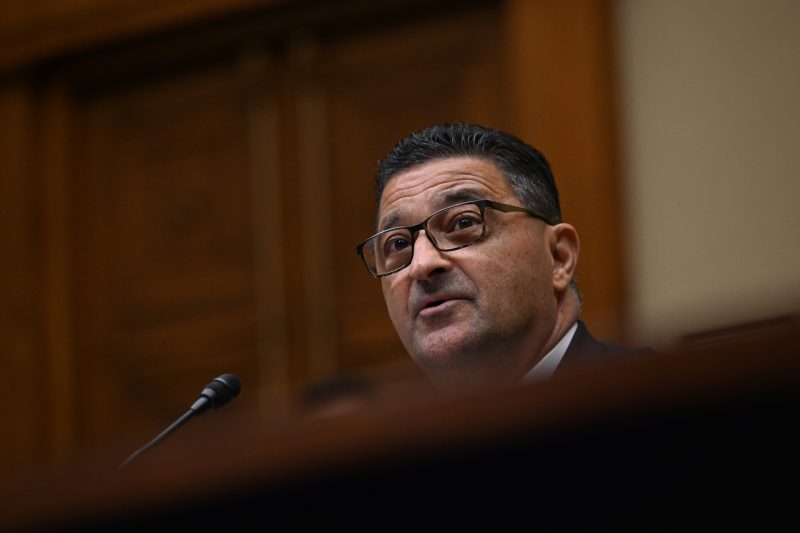
Secret Service’s Response to Jan. 6 Attack Scrutinized in Inspector General’s Report
In the aftermath of the January 6 Capitol riot, the Inspector General’s report sheds new light on the Secret Service’s handling of the attack. The findings reveal a complex web of miscommunication and lack of preparedness that contributed to the chaos that unfolded that day. The report highlights several key issues that raise concerns about the agency’s ability to protect the nation’s leaders and secure critical infrastructure.
One of the primary issues identified in the report is the breakdown in communication between the Secret Service and other law enforcement agencies. According to the Inspector General, there was a lack of coordination and information sharing between the Secret Service and the Capitol Police, as well as other federal agencies responsible for securing the Capitol complex. This lack of communication hindered the ability of law enforcement to effectively respond to the unfolding situation and contributed to the delayed response to the rioters.
The report also highlights deficiencies in the Secret Service’s intelligence gathering and analysis capabilities. Despite prior warnings of potential violence leading up to January 6, the agency failed to adequately assess the threat and take appropriate precautions. The Inspector General’s report points to a lack of resources and training within the Secret Service’s intelligence division as key factors that hampered the agency’s ability to identify and mitigate potential security risks.
Another troubling aspect uncovered in the report is the lack of clarity around the Secret Service’s rules of engagement during the riot. The Inspector General found that there was confusion among officers about when the use of force was appropriate, leading to inconsistent responses to the rioters. This lack of clear guidance not only put officers at risk but also jeopardized the safety of those they were tasked with protecting.
The report also raises questions about the Secret Service’s physical security measures at the Capitol complex. Despite knowing of the potential for violence on January 6, the agency failed to implement adequate barriers and other security measures to prevent unauthorized access to the building. This oversight allowed rioters easy entry into the Capitol, putting lawmakers, staff, and others in grave danger.
In response to the Inspector General’s findings, the Secret Service has vowed to implement a series of reforms aimed at addressing the deficiencies identified in the report. These include improving communication and coordination with other law enforcement agencies, enhancing intelligence gathering and analysis capabilities, clarifying rules of engagement for officers, and bolstering physical security measures at key facilities.
Overall, the Inspector General’s report on the Secret Service’s handling of the January 6 attack underscores the urgent need for reform within the agency. By addressing the issues raised in the report and implementing the proposed reforms, the Secret Service can better fulfill its critical mission of protecting the nation’s leaders and safeguarding the most important institutions of democracy.
